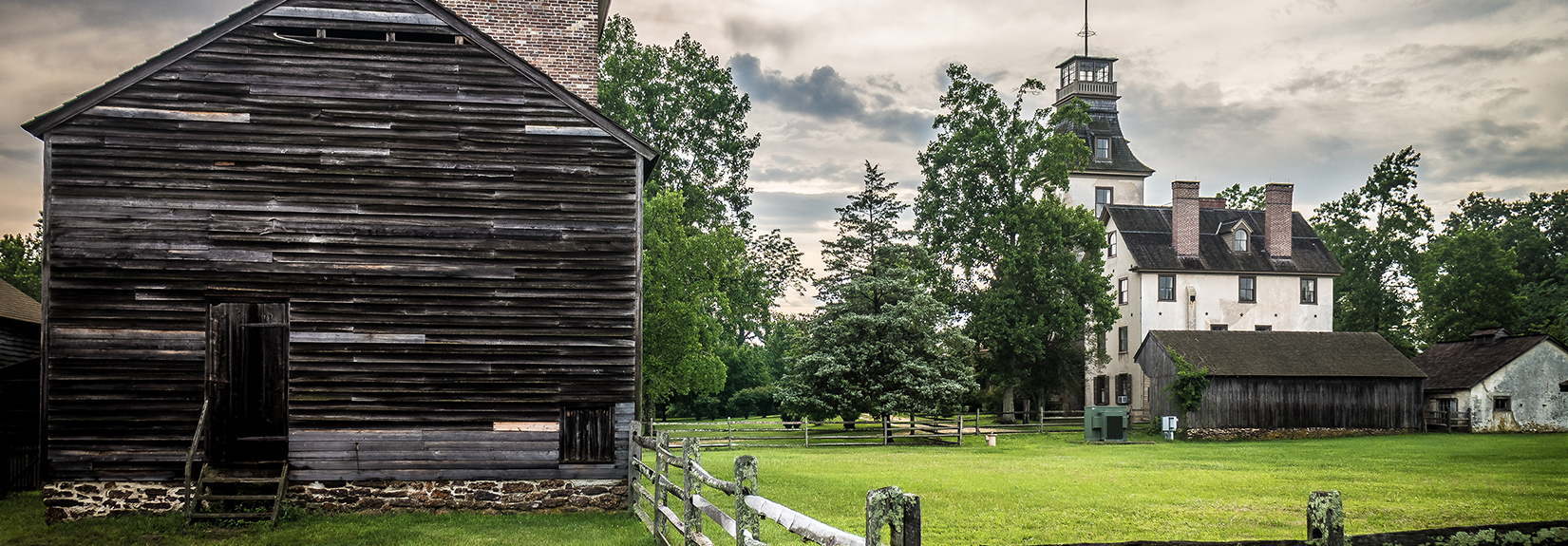April 28, 2020
DEP Milestones: It’s 1985,
Bolstering How the Story of South Jersey’s Batsto Village Is Told

Credit: batstovillage.orgThe area would become known as Batsto Village, where bog ore was mined and refined to produce household items such as cooking pots and kettles – and bog iron cannonballs for the Continental Army during the American Revolution.
And now, a look at 1985 …
In South Jersey’s Wharton State Forest lies the historic site of Batsto Village, which reflects agricultural and commercial enterprises that existed during the late 19th century. In 1985, the DEP’s Division of Parks and Forestry opened a new interpretive area of the Visitor Center at Batsto.
Founded in 1766 by Charles Read, Batsto Village was home to a bog iron and industrial glassmaking center that operated into the late 1800s. Batsto became the center of the bog iron industry because the area’s natural resources provided the perfect supplies, including plentiful bog ore harvested from the banks of local streams and rivers.
The village became so well-known, it supplied products to the Continental Army during the American Revolution. After changing hands several times, the village was purchased in 1780s by William Richards, who made Batsto into a self-sufficient village. When iron production declined, Batsto began glass production in the mid-1800s.
Joseph Wharton purchased Batsto in 1876, as well as areas surrounding the village. The state of New Jersey bought Batsto, other Wharton property and surrounding land in the mid-1950s. It became Wharton State Forest and – at 122,880 acres – it is the state park system’s largest single tract of land.
Today, the village consists of historic buildings and structures, with re-enactors portraying life in the 1800s. In addition to historic artifacts, the Visitor Center contains displays of wildlife and plant life native to the Pine Barrens eco-region.
###